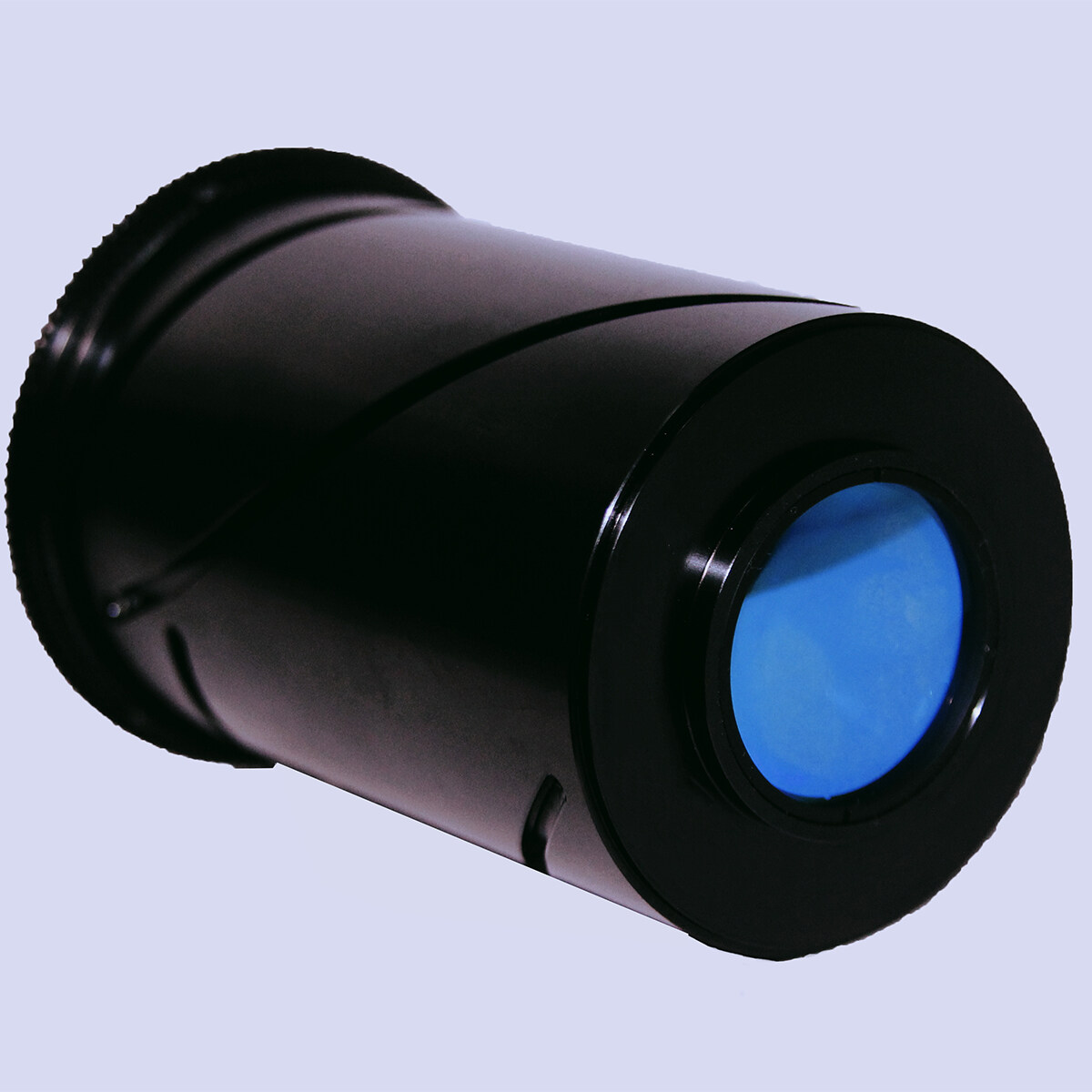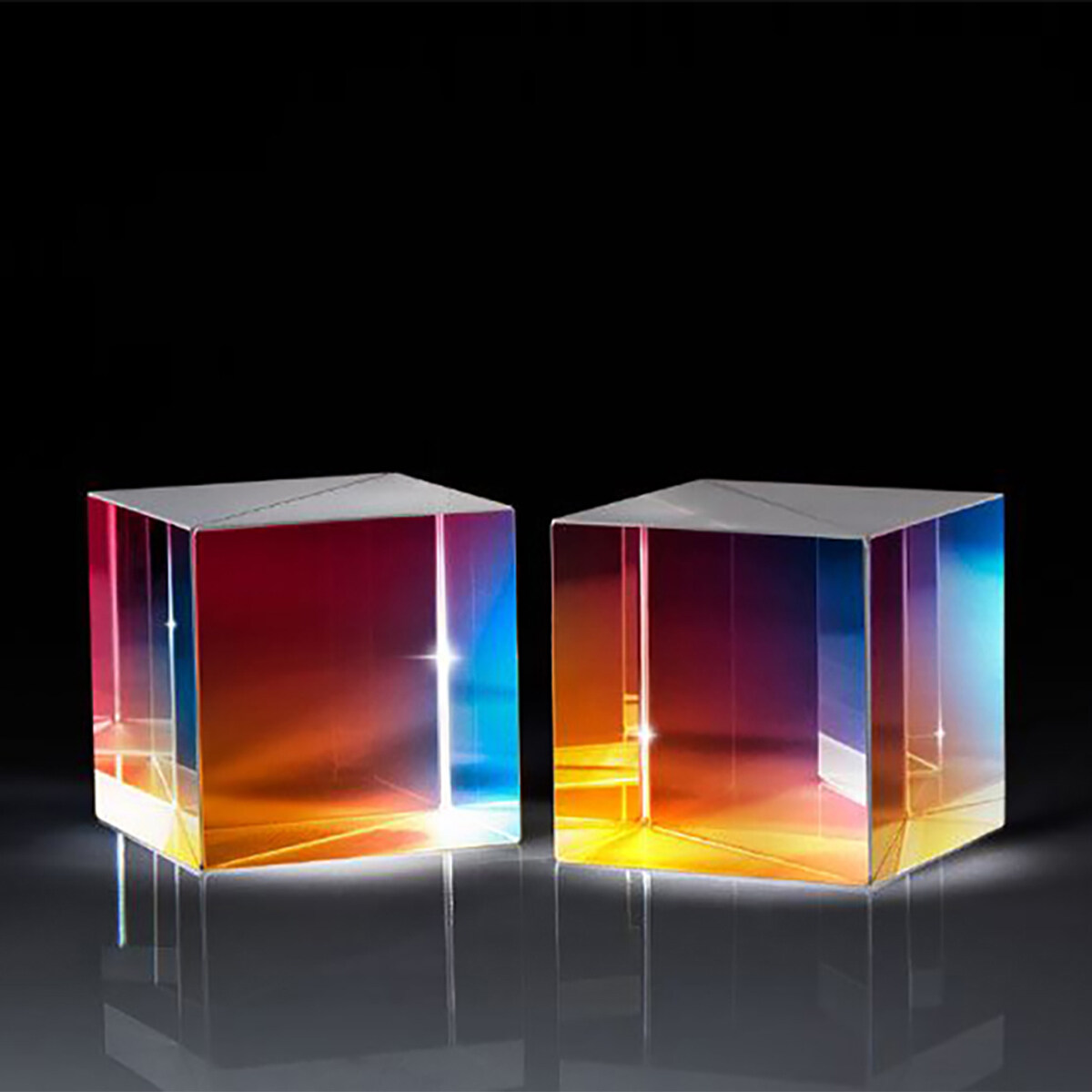メールフォーマットエラー
emailCannotEmpty
emailDoesExist
pwdLetterLimtTip
inconsistentPwd
pwdLetterLimtTip
inconsistentPwd


Applications of NPBS Prisms in Laser Technology
NPBS (Non-Polarising Beam Splitter) prisms are a critical component in laser technology, enabling various applications in different fields. In this blog post, we will explore the key applications of NPBS prisms in laser technology.
Interferometry: Precise Measurements and Analysis
NPBS prisms are widely used in interferometry, a technique that measures the interaction of two or more beams of light. By splitting the laser beam into two separate beams, NPBS prisms enable the creation of interference patterns. These patterns can be used to measure distances, detect vibrations, and analyse the properties of materials with high precision.

Laser Microscopy: High-Resolution Imaging of Biological Samples
NPBS prisms are essential in laser microscopy, a technique that allows for high-resolution imaging of biological samples. By splitting the laser beam into two beams, NPBS prisms enable the illumination of the sample from different angles, providing a three-dimensional view of the specimen. This technique is particularly useful in studying cellular structures and processes.
Laser Spectroscopy: Analysing Light-Matter Interactions
NPBS prisms are commonly used in laser spectroscopy, a technique that analyses the interaction between light and matter. By splitting the laser beam into two beams, NPBS prisms enable the measurement of the absorption, emission, and scattering of light by different materials. This technique is widely used in chemical analysis, environmental monitoring, and material characterization.
Laser Communication: Efficient Data Transmission
NPBS prisms are utilised in laser communication systems, which transmit information through laser beams. By splitting the laser beam into two beams, NPBS prisms enable the simultaneous transmission and reception of data. This technology is used in various applications, including satellite communication, underwater communication, and high-speed data transfer.

Laser Marking and Engraving: Precise and Permanent Designs
NPBS prisms are employed in laser marking and engraving machines, which create permanent marks or designs on different materials. By splitting the laser beam into two beams, NPBS prisms enable precise control of the laser intensity and focus, resulting in high-quality markings and engravings. This technology is widely used in industries such as automotive, aerospace, and jewellery.
Laser Cutting and Welding: Accurate and Efficient Material Processing
NPBS prisms are also used in laser cutting and welding machines, which provide precise and efficient cutting or joining of materials. By splitting the laser beam into two beams, NPBS prisms enable the creation of a focused laser spot, which can be used to cut or weld materials with high accuracy. This technology is widely used in industries such as manufacturing, construction, and electronics.
In conclusion, NPBS prisms play a crucial role in various applications of laser technology. From interferometry and laser microscopy to laser spectroscopy and laser communication, these prisms enable precise control and manipulation of laser beams. Additionally, they are essential in laser marking, engraving, cutting, and welding machines, providing high-quality results in various industries. As laser technology continues to advance, the applications of NPBS prisms are expected to expand further, contributing to advancements in science, industry, and communication.

